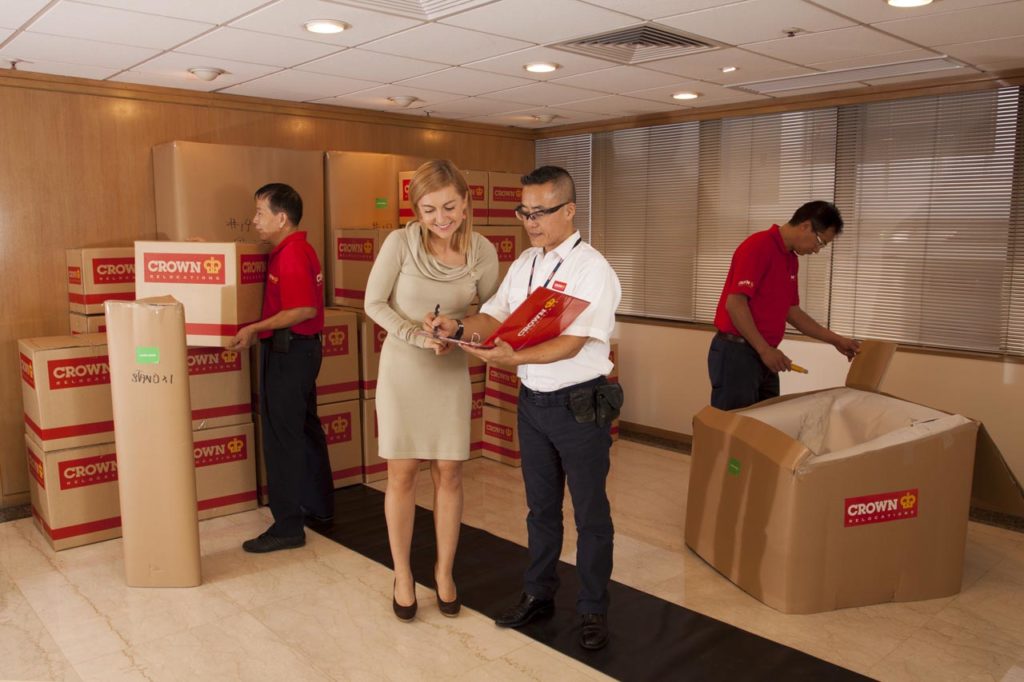
We chat to Managing Director of Crown World Mobility Australia Steven Brown about the soaring cost and delays across the household goods industry, what it might look like going forward, and how businesses are doing to adapt.
Over the last couple of years, we have been experiencing increase in demand but a lack of supply. Are we expecting the freight rate increases and issues (e.g., shortage of vessel space, reduction in service offerings, etc.) to slow down and start to return to normal? Or are we expecting this to continue to escalate further?
There is a consensus that the crisis is levelling out. There are early indications that there is greater capacity on vessels and more vessels available. However, this is heavily impacted by the situation in Shanghai. There are currently thousands of containers stuck in the port of Shanghai and if the Chinese government continues the zero-tolerance policy this will extend to other ports across the region. Hapag Lloyd issued guidance for this year, and they think freight rates might fall later in 2022. They are the first company we have seen who have said this and others are maintaining that costs will continue at the current levels for some time.
So, we hope that as we move through 2022 and into 2023 costs and delays may reduce. However, in the short term, finding a slot for the household goods of an employee on a ship going to the destination you need, at a time and cost-effective rate continues to be a challenge.
Is talent acquisition impacted by the household goods industry?
The talent acquisition challenges facing Human Resource professionals, is also impacting the household goods industry as we are seeing an all time low in unemployment and a real struggle to find skilled professionals in our industry across the country. In addition, there has been a consolidation of service providers in the moving and relocation space which has also lowered the ability to deliver.
Could shipping companies make changes to their routes and approach that might help ease the pressure?
The behaviour of the shipping companies is now under the spotlight with unprecedented scrutiny taking place. Very recently there was a successful litigation against a major shipping line which meant they needed to refund demurrage costs.
Shipping companies are reacting, and we are seeing increased capacity on major routes. This is great news for some but to provide this increased capacity the shipping lines have decided on this at the expense of secondary routes. e.g. Australia to Israel direct sailing no longer available. A major shipping company recent advised they couldn’t accept any shipments to Africa. Therefore, options to secondary locations are more limited. Ships are being built and containers produced but these both have considerable lead times to impact the market.

Have you observed any trends in corporate relocation and shipment volumes?
The demand and need for migration of employees across the globe reflects the politics and buoyancy of economics. The movement of professionals and expats out of Hong Kong, alongside a heightened desire of expats to return to their homeland of Australia to be closer to family after Covid means here in Australia the demand hasn’t been higher. It goes in cycles and if the economy moves again there will be a greater emphasis on expatriate movement but looking at economic cycles previously, when it peaks it’s always peaked a lower level than previously.
We are seeing tighter controls over sea freight volumes and examples of air shipments in lieu of sea shipments, allowing goods to arrive more quickly. Although air freight rates did increase at the beginning of the pandemic, they have not increased at the same rate of sea shipments.
Apart from the impact of extreme weather conditions in Australia, is Covid-related staff shortages the critical impact point?
A couple of years ago we could handle 35 containers a day in Sydney, but the volumes now are closer to 15 – 20 a day due to covid and staff shortages and the industry wide is facing this. We are now getting back to training programs across the country and a huge recruitment campaign in process so we will overcome it. It does seem that preparing for the unexpected is the way for now and we are noting clients offering flexibility and adapting their programs to accommodate this are able to support their employee experience.
What are some of your recommendations to overcome the much longer transit times?
Increased time in temporary accommodation at destination may be needed. Or there could be flexibility to consider offering it at origin so that the goods can be packed up as soon as possible to allow for the longer lead time required to find a space on a ship.
Education programs within the business have allowed for the wider stakeholder group to establish a level of awareness around these market conditions. Understanding why the industry is facing delays can provide the drive to improve lead time communications and flexibility to deal with the circumstances at hand.
Other considerations could be to consider controlling costs through the reduction of sea shipment allowances, or looking at storage at origin and a furniture allowance or rental furniture at destination. Each option does come with cost and benefit considerations. Here at Crown we are ready and excited to support any changes you might like to make in your program.





